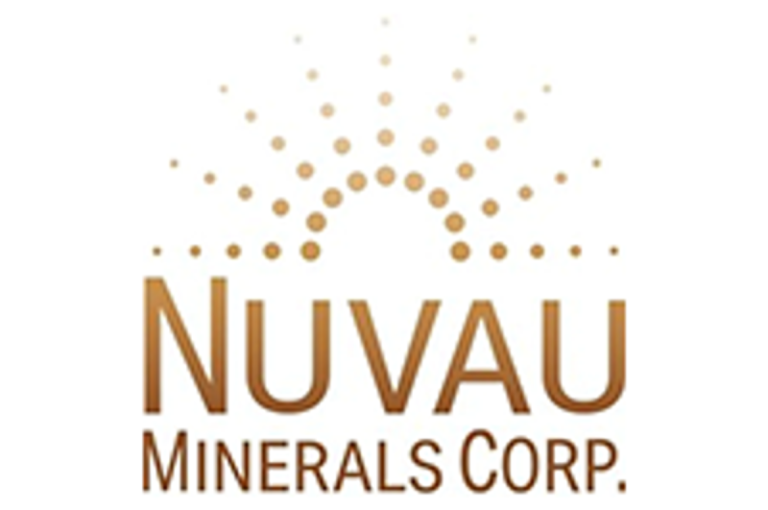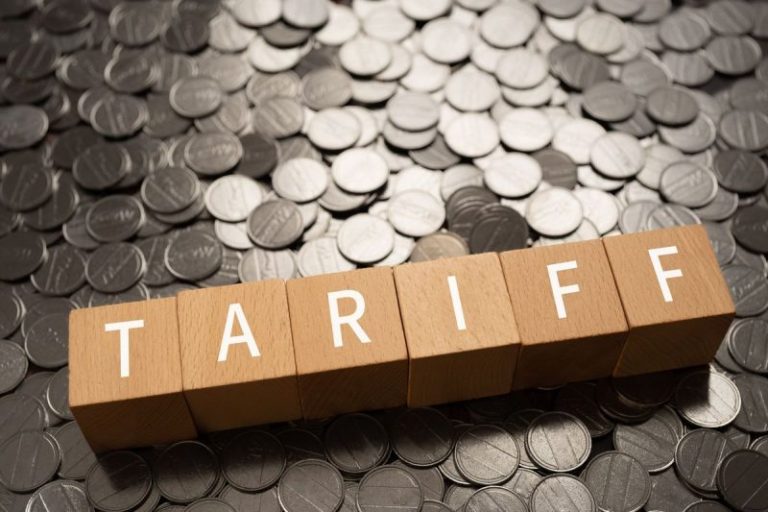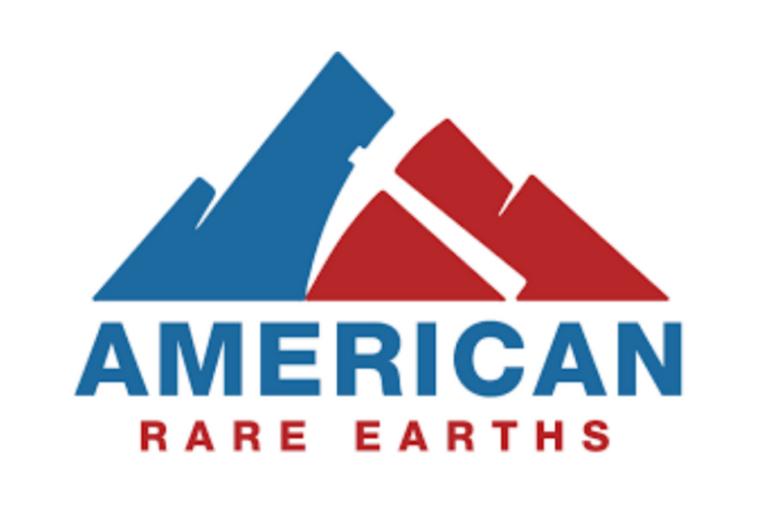Visible gold found in first hole—assays are pending
Nuvau Minerals Inc. (TSXV: NMC) has launched its gold-focused exploration program at its Matagami Property where the first hole drilled intersected what appears to be an orogenic lode gold system close to the Bracemac McLeod Mine in Matagami. Assays are pending after Nuvau intersected visible gold in a structure intersected in the first hole.
‘We are extremely encouraged by the success of the initial hole of our maiden gold focused diamond drill program on this 1,300 square kilometre land package,’ said Peter Van Alphen, Nuvau’s CEO. ‘The footwall rock units where this new vein intercept occurs is in a largely untested part of the property, in an area not deemed favourable for base metal mineralization. In addition, this mineralized zone is located less than 25 metres from the mine access ramp at the permitted Bracemac McLeod Mine.’
The steeply dipping, strong shear zone structure with quartz veining mineralized with pyrite and locally visible gold was intersected at a depth of approximately 200 metres below surface. Although it is within the footwall stratigraphy of the past-producing Bracemac McLeod mine, the area has seen very little drilling in the past as it was not of interest for VMS type exploration. Planning is underway for the follow up drilling which is expected to begin within the next two weeks.
Figure 1: Past producing Bracemac McLeod Mine and relative position of gold target drilled
To view an enhanced version of this graphic, please visit:
https://images.newsfilecorp.com/files/11236/259588_cc65433c14d5ab64_001full.jpg
Figure 2: Visible gold found in more than 30 gold chips identified in logging the core
To view an enhanced version of this graphic, please visit:
https://images.newsfilecorp.com/files/11236/259588_cc65433c14d5ab64_002full.jpg
The Matagami Property has hosted numerous base metal mines over the last 60 years. However previous owners never applied a gold-focused exploration program to this large-scale property even though it is strategically located in the Abitibi geological sub-province.
The Property is located in the Abitibi Region of Quebec, one of the world’s most productive gold districts. It includes Canada’s largest gold producing mine with the country’s largest gold mineral reserves: the Detour Lake Mine. Detour Lake is owned by Agnico Eagle Mines Limited, located west of the Matagami Property. The Casa Berardi Mine, which has produced over 3 million ounces of gold, is also located to the just southwest of the Matagami Property. (See Figure 3, below.)
Figure 3: Property Location
To view an enhanced version of this graphic, please visit:
https://images.newsfilecorp.com/files/11236/259588_cc65433c14d5ab64_003full.jpg
Gold Exploration work: background
Since satisfying the spending requirement associated with the earn-in agreement with Glencore, Nuvau has begun working on unlocking the overlooked gold potential of this vast, 1,300 square kilometre Matagami property.
This work includes compilation of historic data, overburden till sampling, a detailed high-resolution drone airborne magnetic (MAG) survey, and now diamond drilling. The sonic (till) drill program discovered a significant gold grain anomaly in the central portion of the Property (see Nuvau Press Release, March 4, 2025) that will be subject to follow up drilling in the upcoming winter drill program. Compilation of historic data in the vicinity of the base metal mines on the main ‘mine trend’ identified numerous areas where gold mineralization had been intersected, however no follow-up work was ever completed.
About Nuvau Minerals Inc.
Nuvau is a Canadian mining company focused on the Abitibi Region of mine-friendly Québec. Nuvau’s principal asset is the Matagami Property that is host to significant existing processing infrastructure and multiple mineral deposits and is being acquired from Glencore.
Qualified Person and Quality Assurance
Bastien Fresia P. Geo. (Qc), Technical Services Director of Nuvau and a ‘qualified person’ as is defined by National Instrument 43-101, has verified the scientific and technical data disclosed in this news release, and has otherwise reviewed and approved the scientific and technical information in this news release.
Drill core samples are sawn by staff technicians to create half core splits. One split is retained in the drill core box for archival purposes with a sample tag affixed at each sample interval and the other split is placed in a labelled plastic bag along with a corresponding sample number tag and placed in the shipment queue.
Quality control samples including blind certified reference material (‘CRM’), blank material, and core duplicates are inserted at a frequency of 1 in every 20 samples and sample batches of up to 60 samples were then shipped directly by Nuvau personnel to the ALS Canada Ltd. preparation laboratory in Rouyn-Noranda, Québec.
All submitted core samples are crushed in full to 95 % passing less than 2 mm (ALS code CRU-32). A 1000-gram sample was then riffled split from the crushed material and pulverized to 90 % passing 75 μm (SPL-22 and PUL-32a). Pulps are shipped from the preparation laboratory to ALS Canada Ltd.’s analytical lab in North Vancouver, British Columbia, for assay.
Lead, silver, copper and zinc analyses were determined by ore grade four acid digestion with an inductively coupled plasma atomic emission spectroscopy (‘ICP-AES’) or atomic absorption spectroscopy (‘AAS’) finish (ALS codes Pb-OG62, Ag-OG62, Cu-OG62 and ZnOG62), whereas gold was determined by 50 g fire assay analysis with an AAS finish (code Au-AA23).
ALS Canada Ltd. is an accredited, independent commercial analytical firm registered to ISO/IEC 17025:2017 and ISO 9001:2015.
For further information please contact:
Nuvau Minerals Inc.
Peter van Alphen
President and CEO
Telephone: 416-525-6023
Email: pvanalphen@nuvauminerals.com
Cautionary Statements
This news release contains forward-looking statements and forward-looking information (collectively, ‘forward-looking statements’) within the meaning of applicable securities laws. Any statements that are contained in this news release that are not statements of historical fact may be deemed to be forward-looking statements. Forward-looking statements are often identified by terms such as ‘may’, ‘should’, ‘anticipate’, ‘will’, ‘estimates’, ‘believes’, ‘intends’ ‘expects’ and similar expressions which are intended to identify forward-looking statements. More particularly and without limitation, this news release contains forward-looking statements concerning drill results relating to the Matagami Property, the results of the PEA, the potential of the Matagami Property, the timing and commencement of any production, the restart of the Bracemac-McLeod Mine, the completion of the earn-in of the Matagami Property and the timing and completion of any technical studies, feasibility studies or economic analyses. Forward-looking statements are inherently uncertain, and the actual performance may be affected by a number of material factors, assumptions and expectations, many of which are beyond the control of the Company, including expectations and assumptions concerning the Company and the Matagami Property. Readers are cautioned that assumptions used in the preparation of any forward-looking statements may prove to be incorrect. Events or circumstances may cause actual results to differ materially from those predicted as a result of numerous known and unknown risks, uncertainties, and other factors, many of which are beyond the control of the Company. Readers are further cautioned not to place undue reliance on any forward-looking statements, as such information, although considered reasonable by the management of the Company at the time of preparation, may prove to be incorrect and actual results may differ materially from those anticipated.
The forward-looking statements contained in this news release are made as of the date of this news release, and are expressly qualified by the foregoing cautionary statement. Except as expressly required by securities law, neither the Company nor Nuvau undertakes any obligation to update publicly or to revise any of the included forward-looking statements, whether as a result of new information, future events or otherwise.
Neither the TSX Venture Exchange nor its Regulation Services Provider (as that term is defined in the policies of the TSX Venture Exchange) accepts responsibility for the adequacy or accuracy of this news release. No stock exchange, securities commission or other regulatory authority has approved or disapproved the information contained herein.
To view the source version of this press release, please visit https://www.newsfilecorp.com/release/259588










